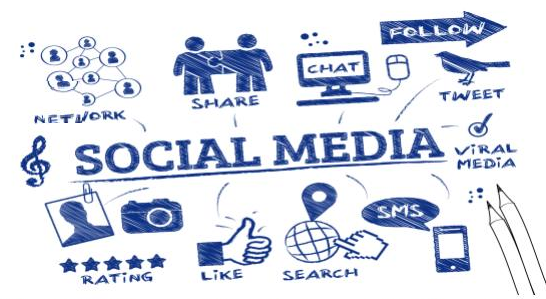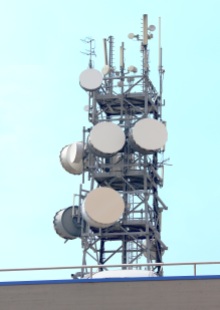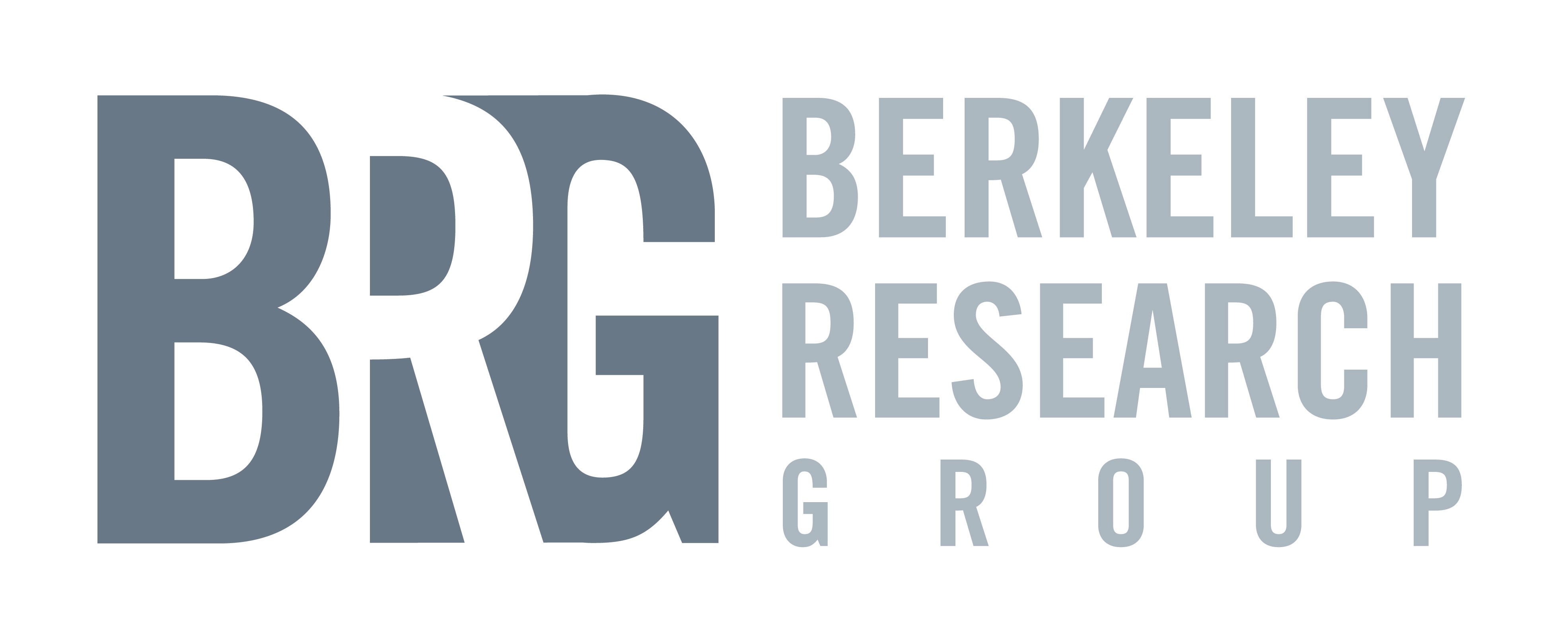A Quick and Dirty Guide to Marketing Your Rural Business Online

Whether your rural business is an agricultural venture like cattle ranching or a rural service like solar energy, you stand to benefit from networking, advertising, and selling your product online. Small business owners are often intimidated by the thought of entering the multi-billion dollar digital marketing industry alone, but (with a little know-how) you can begin successfully marketing your rural business online.

Today, digital search engine optimization (SEO) techniques generate eight times more sales than traditional outbound marketing like mail or print advertising [1]. Tap into these potential sales by following my “quick and dirty” marketing guide designed specifically for rural businesses. For a more in-depth look at the ins and outs of digital marketing, explore the lists of the Internet’s most trusted marketing resources found throughout this guide. 1. The basic of digital marketing are the same as traditional marketing. If you’ve made sales by sending flyers, advertising in newspapers, or cold calling customers, then digital marketing isn’t as foreign to you as you might assume. A pertinent issue for both, for example, is targeting potential customers so you don’t waste your time trying to sell your product to people you will never convince to buy it.
When I started recruiting resellers to carry my satellite based high-speed Internet product to rural users in the mid-90s, I conducted extensive research into who my potential end customers were. First, I developed a basic customer profile of who would find satellite Internet useful based on demographics like location and income. Second, I researched the people that fit that profile to discover their Internet browsing habits. I wanted to know everything about my potential customers! Did they hunt and fish? What were their political beliefs? Did they home school their children? Did they stream video and game online? Did they use dating sites? I bet you get it. Just like with traditional marketing, target your advertising by approaching sites that your potential customers frequent based on their lifestyle, hobbies, and interests.
2. The Google algorithm is a complicated mathematical formula that can be (essentially) solved in one easy way. If you know a little about digital marketing, you know that SEO is at the heart of the industry. Almost half of online shoppers begin with using a search engine [2], so getting your product to show up on Google, YouTube, Bing, and Yahoo search is crucial to a successful digital marketing campaign. There are lists of hundreds of small SEO hacks – from using keywords to soliciting a link from a quality site – available online. While these hacks are helpful, you can build a high-ranking site without ever looking at one of these lists by doing one thing: contributing useful content to the web. Although the variables of the Google algorithm are top secret, the intent of the algorithm isn’t. Google search simply wants to deliver useful, high-quality results to users. Don’t sacrifice informative writing for SEO (Google punishes content farm material). Don’t copy and paste text that is available elsewhere. Take a look at the top results for your keywords and then make your site better and more useful than those sites.
3. Sometimes it pays to pay. Pay-per-click (PPC) is a digital marketing model where an advertiser pays a host site a fee every time a visitor clicks on an ad and is redirected to the advertiser’s site. It is, essentially, a way to generate traffic with cash instead of content. As an advertiser, you many run PPC ads on the sites that reflect your target customers’ interests. Search engine advertising – where an advertiser pays to have its sponsored link show up at the top of a search – is probably the most popular type of PPC. Since three quarters of search engine users never scroll past the first page of results [1], claiming one of the top spots is sometimes worth paying for. The usefulness of search engine advertising increases with the size of your potential customer base. Note that, once again, search engine advertising is not a viable substitute for useful content. As many as four in five search engine users ignore sponsored links and skip straight to the organic (unsponsored) results. Remember, with PPC, you have two objectives: maximize the number of customers that click your link and (because you’ll have to pay anyway) minimize the number of non-customers that click your link.
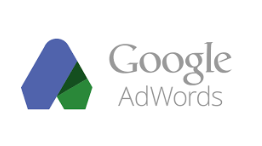
Google AdWords (https://www.google.com/adwords/) is Google Search’s paid advertising service and its main source of revenue. Because Google claims as much as 90% of global search traffic, it is the most effective, expensive, and competitive search engine to advertise on. Use AdWords to place bids on keywords (high bids win spots), restrict your audience based on demographics like location, and pay per click when a Google Search user chooses your result. Google is the big league of digital advertising, so, if you’re new to the industry, AdWords should not be your first campaign. The cost-per-click (CPC) can top $60 [3] and because you’ll be competing with experienced advertisers in a high traffic environment, the potential to lose money on AdWords is very real. Google does offer a simplified service, AdWords Express, for small businesses.
Upsides: Widest potential customer pool of any search engine; Arguably the world’s best direct response advertising medium Downsides: Highly competitive; Ad space auctions can get extremely expensive RECOMMENDED FOR: Literally any industry, people Google everything

YouTube (https://www.youtube.com/yt/advertise/) is world’s most used video streaming service and the world’s second most used search engine. There are four ways to advertise on YouTube: in-search (i.e. your video shows up in the drop-down results), in-slate (i.e. your video shows up in the suggested videos after another video finishes), in-display (i.e. your video shows up in the suggested videos to the right of another video), and in-stream (i.e. your video plays before a viewer can watch another video). The average CPC/cost-per-view (CPV) bid varies between the four methods, with in-search being the least expensive at around $0.10 per click and in-stream being the most expensive at over $0.30 per view. With costs exponentially lower than, for example, Google Search, YouTube is a good value if you have compelling and convincing video content to share.
Upsides: Inexpensive; Second widest potential customer pool of any search engine Downsides: Conflicting motives (YouTube wants to keep viewers on site with its recommendations, you want to get viewers off site) RECOMMENDED FOR: Industries that already advertise on television
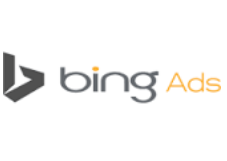
Bing Ad (https://secure.bingads.microsoft.com/) is Microsoft’s paid advertising service that sells advertising on Bing Search and, through a limited partnership, Yahoo! Search. It works like Google AdWords, determining which ads to show based on a combination of CPC bid and click through rate. There is less competition on Bing Ad then on AdWords, which means CPC for advertisers is typically lower.
Upsides: Underrated advertising platform; Inexpensive Downsides: Comparatively small potential customer pool RECOMMENDED FOR: Literally any industry, people use Bing for everything

Yahoo! Gemini (https://gemini.yahoo.com/advertiser/home) is Yahoo! Search’s advertising service. Yahoo claims an exponentially smaller portion of global search engine traffic than Google Search, but those who use Yahoo are typically older and, therefore, wealthier [4]. Yahoo! Gemini ads have a lower conversion (sale) rate than Bing Ad ads, but Gemini is the best way to advertise on Yahoo! Search if the search engine’s demographic is what you are after. There is even less competition on Yahoo! Gemini than Bing Ad, so CPC is even lower.
Upsides: Underrated advertising platform; Inexpensive Downsides: Comparatively small potential customer pool; Users are less diverse than other search engines RECOMMENDED FOR: Products with an older, wealthier target consumer

Baidu (http://is.baidu.com/paidsearch.html), the world’s largest Chinese language search engine, claims one half of all search engine traffic in China [5]. While Baidu does show English language results, it is primarily used by Chinese speakers and, therefore, is only a viable host site for advertisers targeting Chinese-speaking consumers. There are also few studies that show the prevalence of Baidu users outside of China, so Baidu campaigns targeted at Chinese Americans, for example, are risky. Like other search engines, Baidu advertisers compete with one another for CPC bids.
Upsides: Large potential customer base in emerging markets; The advertising potential of the search engine is undiscovered territory. Downsides: Only viable for Chinese speakers RECOMMENDED FOR: International trade
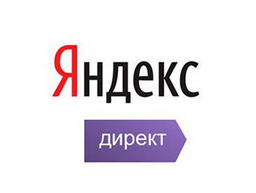
Yandex Direct (https://direct.yandex.com/) is Russia and Central Asia’s largest search engine’s advertising service. The search engine Yandex does show English language results, but it is primarily used by Slavic language speakers and, therefore, is only a viable host site for advertisers targeting Russian, Ukrainian, etc.-speaking consumers. Like with Baidu, there are few publically available studies on the prevalence of Yandex users in the United States, so it is only a valuable host site for advertisers seeking international customers.
Upsides: The advertising potential of the search engine is undiscovered territory. Downsides: Only viable for Slavic language speakers; Users are concentrated in Russia and Central Asia RECOMMENDED FOR: International trade
5. Consider pop-up traffic generators warily, but consider them. Pop-up advertisements have a (let’s admit it, well-deserved) bad reputation. Most Internet users find them annoying as hell (the popularity of pop-up blockers attests to this), and yet utilizing pop-up advertising continues to lead to increased traffic and conversions for advertisers. As one expert puts it, pop-ups are “annoying, but useful” [6]. While pop-up advertising is a proven way to generate heavy site traffic, oftentimes that traffic is less than desirable. Services, like those listed below, use pop-ups to redirect traffic (from, oftentimes, spammy adult or torrent sites) to your site. The traffic that comes from pop-ups is usually low quality, but cheap. If what you need is simple volume, pop-ups are a perfect solution. Pop-ups are most useful for tasks or purchases that are easy to complete, like signing up for an email newsletter or downloading an app. They are also more effective for small, impulse buys rather than for a purchase that must be thought out or carefully budgeted for.
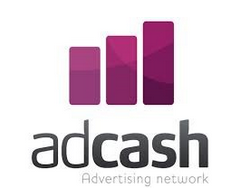
AdCash (https://www.adcash.com/en/inex.php) is a top traffic generator in most parts of the world. Expect AdCash to bring your site a lot of traffic, which you may have to sift through in order to blacklist sites that continually deliver dead leads. AdCash charges 0.70 to 1.00 € per thousand views (CPM).
Upsides: Lots of worldwide traffic Downsides: Questionable traffic quality RECOMMENDED FOR: Impulse buys, easy tasks/downloads, and adult content
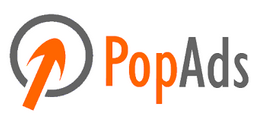
PopAds (https://www.popads.net/advertisers.html) is another traffic generator giant similar to AdCash. Like AdCash, it redirects a heavy volume of low-quality traffic from mostly adult and torrent sites. Its rates are typically $1.00 CPM and up.
Upsides: Lots of worldwide traffic Downsides: Questionable traffic quality RECOMMENDED FOR: Impulse buys, easy tasks/downloads, and adult content
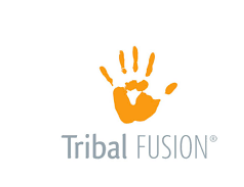
Tribal Fusion (https://www.tribalfusion.co/SmartAdvertisers/) is a traffic generator that, unlike a lot of other pop-up services, requires that its host sites adhere to certain quality standards. It, therefore, redirects higher quality traffic to advertisers. Its rates vary from $0.20 to $2.00 CPM [7].
Upsides: Higher quality traffic Downsides: More expensive than the alternatives; Shallower potential customer pool RECOMMENDED FOR: Impulse buys, easy tasks/downloads

